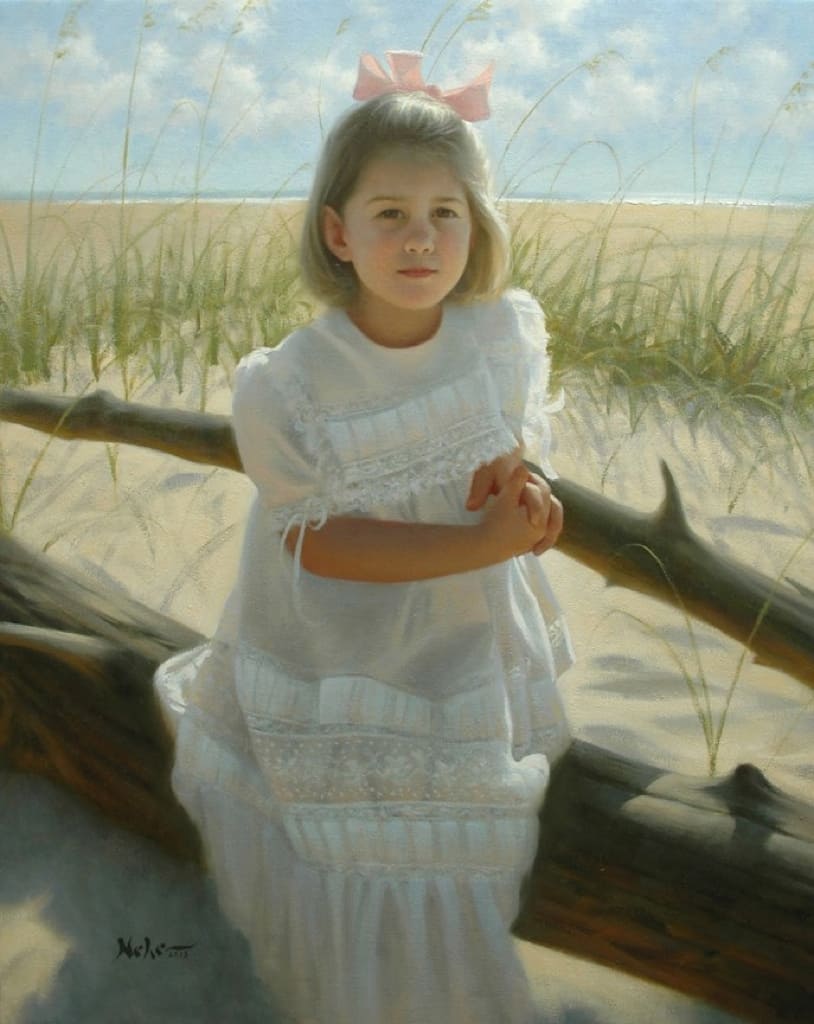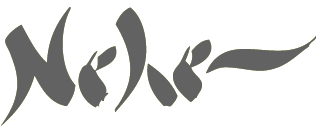
Teamwork
There are several characteristics that go into the success of a great portrait painting. Whether it’s good drawing, proper value relationships or a delicate balance of warm and cool temperature changes within the flesh tones, it’s not uncommon to find one or more of these admirable qualities in your work at any given point during the painting process. On the other hand, getting all of these elements to work together as a whole can be a challenge. Every brush stroke on your canvas is like an individual player on a team, each with unique qualities and skills that separate them from the rest. A great team often consists of players who are willing to work together as a single unit in order to achieve a common goal. Sure, there will be some players who hold a more dominant or visible position than others on the team, but each member takes part in setting up the circumstances for the most valuable player to shine.

As an artist, you have the opportunity to call the shots, pairing and positioning players that work well together in order to make big plays that will lead to success later on in the game. A dominant element in one painting may serve in a more supportive role in the next. A great example of this would be many of the works by the Impressionists of the late nineteenth century. Color and value relationships are clearly seen as the dominant players in many of their paintings. Determine the intent and goal at the beginning of a painting in order to come up with a game plan that can be used to direct each player on your canvas. If drawing and values are your main goal, then color may take a secondary role. If great color harmony is the goal, then a looser approach in other areas may be employed.
When viewing the progress of your work as a whole, it helps to step back and analyze it from a distance. Just as seeing things from the bleachers often gives a different perspective on a game, distance from your canvas can also help you to more easily see and anticipate problems in your own work in order to come up with a strategy that will help pull your team together again.
So, if you find yourself in need of a different game plan on your next portrait, take a minute to step back and plan your next move from a distance. Not only will you gain a greater perspective on what to do next, but it will also make your problem seem much smaller in the long run.
